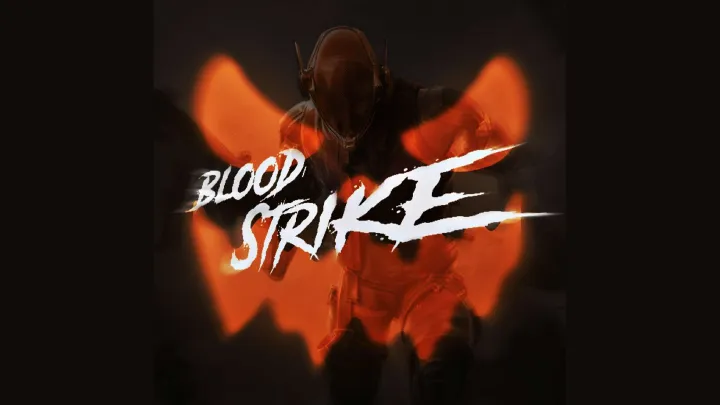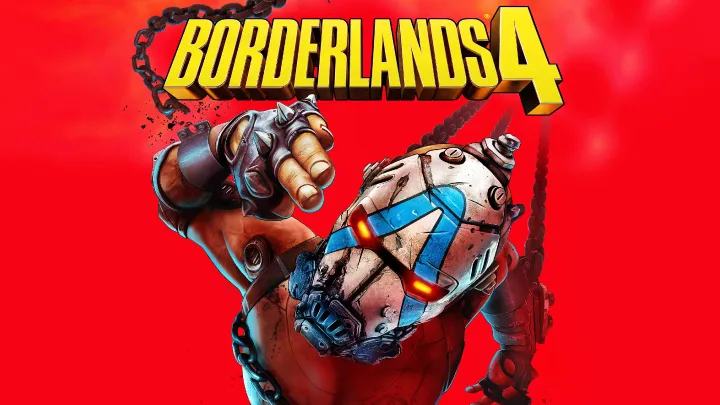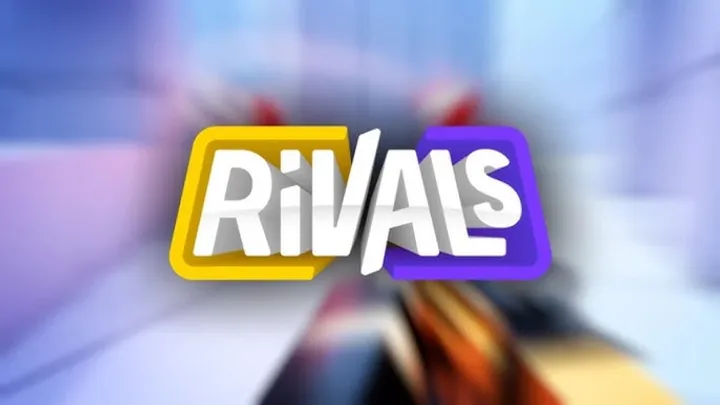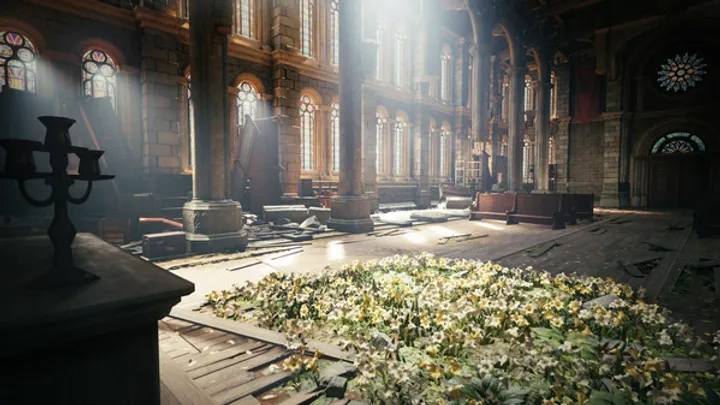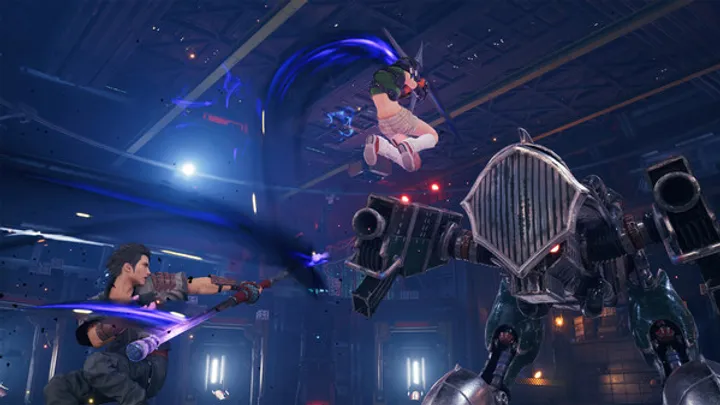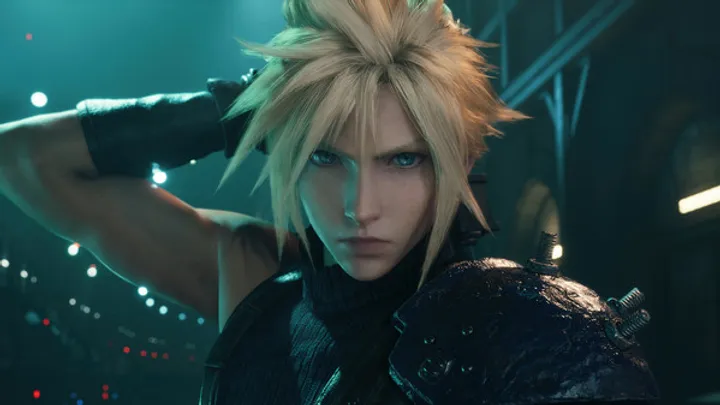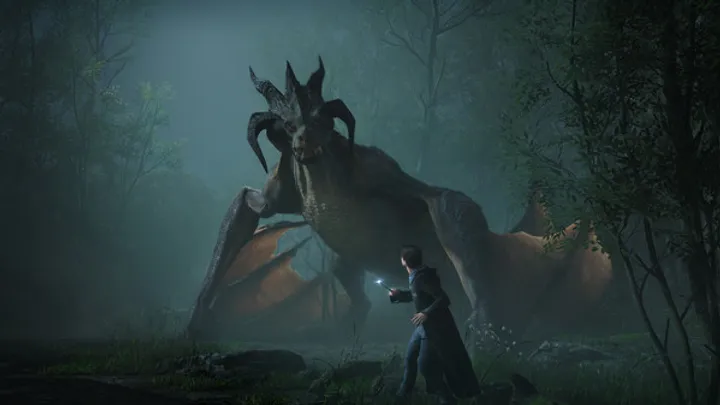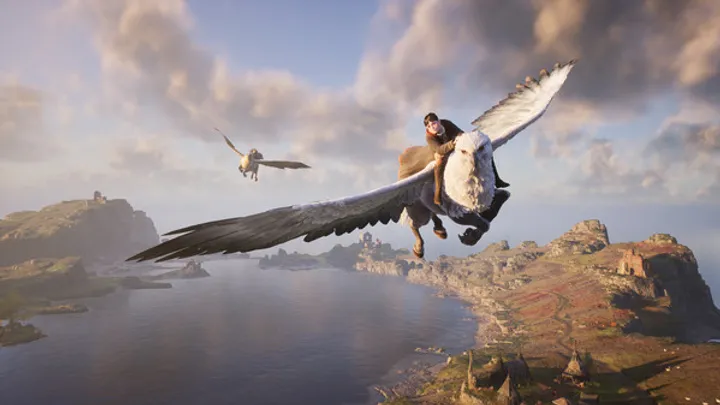Introduction
3D modeling and animation on mobile empowers creators to sculpt, rig, and animate immersive scenes directly from smartphones, a key driver in 2025’s creative landscape where mobile 3D tools contribute to 30% of XR content per recent Unity reports, fueling games, films, and virtual experiences at studios like Epic Games and Autodesk. Mobile apps enable this with touch-based sculpting, intuitive rigging, and real-time rendering, transforming downtime into creative sessions without high-end hardware. This review curates the top 8 apps for 3D creation, selected from 2025 app store ratings, 3D artist forums, and insights from sources like Blender Community and ArtStation. Each app details features, strengths, and weaknesses (as tailored paragraphs), with an overall evaluation without scores. From novices shaping primitives to pros optimizing textures, these iOS- and Android-optimized platforms provide over 2000 words of mesh-driven guidance to animate your creativity anywhere.
1. Nomad Sculpt
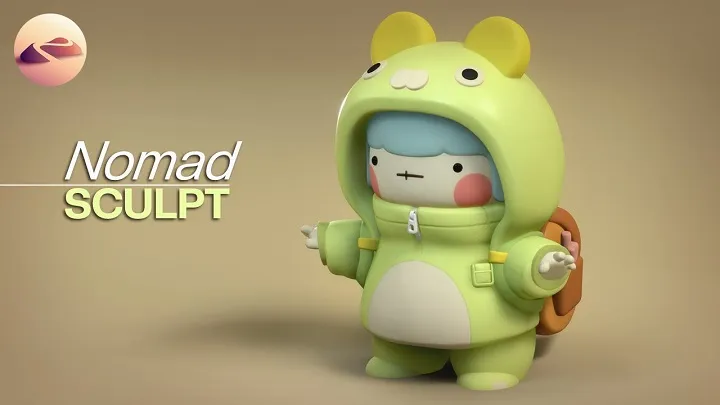
Overview: Nomad Sculpt offers professional-grade 3D sculpting and texturing with dynamic brushes and basic animation for mobile creators.
Strengths: Smooth tessellation supports high-res sculpting on mid-range devices, with haptic feedback for clay-like precision. Free tier covers core brushes, $14.99 one-time pro unlocks PBR textures and keyframe basics. Offline sculpting, exports OBJ/glTF for Unity. Community shares custom brushes on ArtStation.
Weaknesses: Animation limited to basic transforms, touch precision lags for micro-details. Pro gates UV mapping.
Overall Evaluation: Nomad Sculpt delivers tactile 3D sculpting for mobile, ideal for artists, though animation depth needs desktop pairing.
2. Shapr3D
Overview: Shapr3D provides parametric CAD modeling for precise 3D designs, with assembly tools and AR previews for technical creations.
Strengths: Gesture-based extrusions and boolean ops with editable history, free tier for basic models. $299/year pro unlocks STEP exports and VR previews. Offline CAD, integrates with Fusion 360. Tutorials guide tolerances for 3D printing.
Weaknesses: CAD-focused, minimal organic sculpting or animation. High cost for casual users, iPad-optimized.
Overall Evaluation: Shapr3D crafts precise 3D for engineers, pros excel, cost and scope limit creatives.
3. Blender Mobile
Overview: Blender’s mobile beta ports its open-source 3D suite, enabling modeling, rigging, and animation with node-based shaders.
Strengths: Full mesh editing and armature animations, free with offline scenes. Community add-ons adapt touch controls, exports FBX for Unreal. Tutorials align with desktop, updated for 2025’s Eevee Next.
Weaknesses: Beta UI clunky on small screens, rendering lags complex scenes. Android/iOS uneven, beta lacks full support.
Overall Evaluation: Blender Mobile ambitiously ports 3D creation, open-source pros thrive, stability tests patience.
4. uMake
Overview: uMake enables freeform 3D sketching with touch-based curves and surfaces for concept modeling.
Strengths: Intuitive gestures for lofts and sweeps, free tier with offline sketches. $7.99/month pro unlocks STL exports and AR views. Community galleries inspire, tutorials for product design.
Weaknesses: Sketch-heavy, no rigging or animation. Mobile canvas small for dense models.
Overall Evaluation: uMake sketches 3D concepts fluidly, designers shine, animation absent.
5. Prisma3D
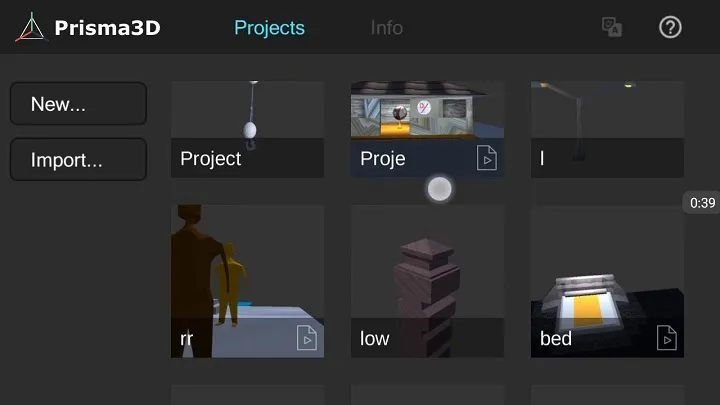
Overview: Prisma3D’s open-source app models and animates with Blender-like tools for meshes, bones, and renders.
Strengths: Full keyframe animation and rigging, free with offline rendering. Imports glTF, community shares character models. Tutorials cover vertex painting to bones.
Weaknesses: UI dense for beginners, mobile renders slow high-poly. Android-primary, iOS beta.
Overall Evaluation: Prisma3D animates affordably, free creators love, UI challenges novices.
6. Spline
Overview: Spline designs interactive 3D scenes for web/mobile with node-based materials and animation timelines.
Strengths: Node-driven animations for objects, free tier with offline edits. AR previews on-device, community templates for VR. Exports USDZ for web.
Weaknesses: Scene-focused over deep modeling, mobile secondary to desktop. Free limits complex exports.
Overall Evaluation: Spline crafts interactive 3D scenes, web designers ideal, modeling light.
7. Putty 3D
Overview: Putty 3D sculpts organic models with clay-like brushes and symmetry for characters and assets.
Strengths: Haptic sculpting feels natural, free with offline saves. Exports OBJ, community shares alphas. Tutorials for dynamic topology.
Weaknesses: Sculpt-only, no animation or rigging. Android-only, no iOS.
Overall Evaluation: Putty 3D sculpts organically with feel, Android artists great, scope narrow.
8. Qubism
Overview: Qubism builds voxel-based 3D models and animations with block editing for low-poly art.
Strengths: Voxel tools for quick builds, free with offline saves. Exports GLB, community galleries for games. Tutorials cover voxel rigging.
Weaknesses: Voxel-only, no smooth meshes. Mobile blocks small for detail.
Overall Evaluation: Qubism voxels low-poly creatively, game artists thrive, smoothness limited.
Conclusion
Creating 3D modeling and animation on mobile shapes 2025’s immersive revolution, from VR at Meta to animations at DreamWorks, and these eight apps mesh your creativity portably. Beginners uMake sketches or Putty sculpts, pros Nomad details or Blender betas. Standouts Prisma3D animates, Shapr3D precises—but platforms or costs stack. As AI-driven 3D rises, adapt. Sculpt daily, keyframe motions, blend apps to 3D empires that render vividly.





